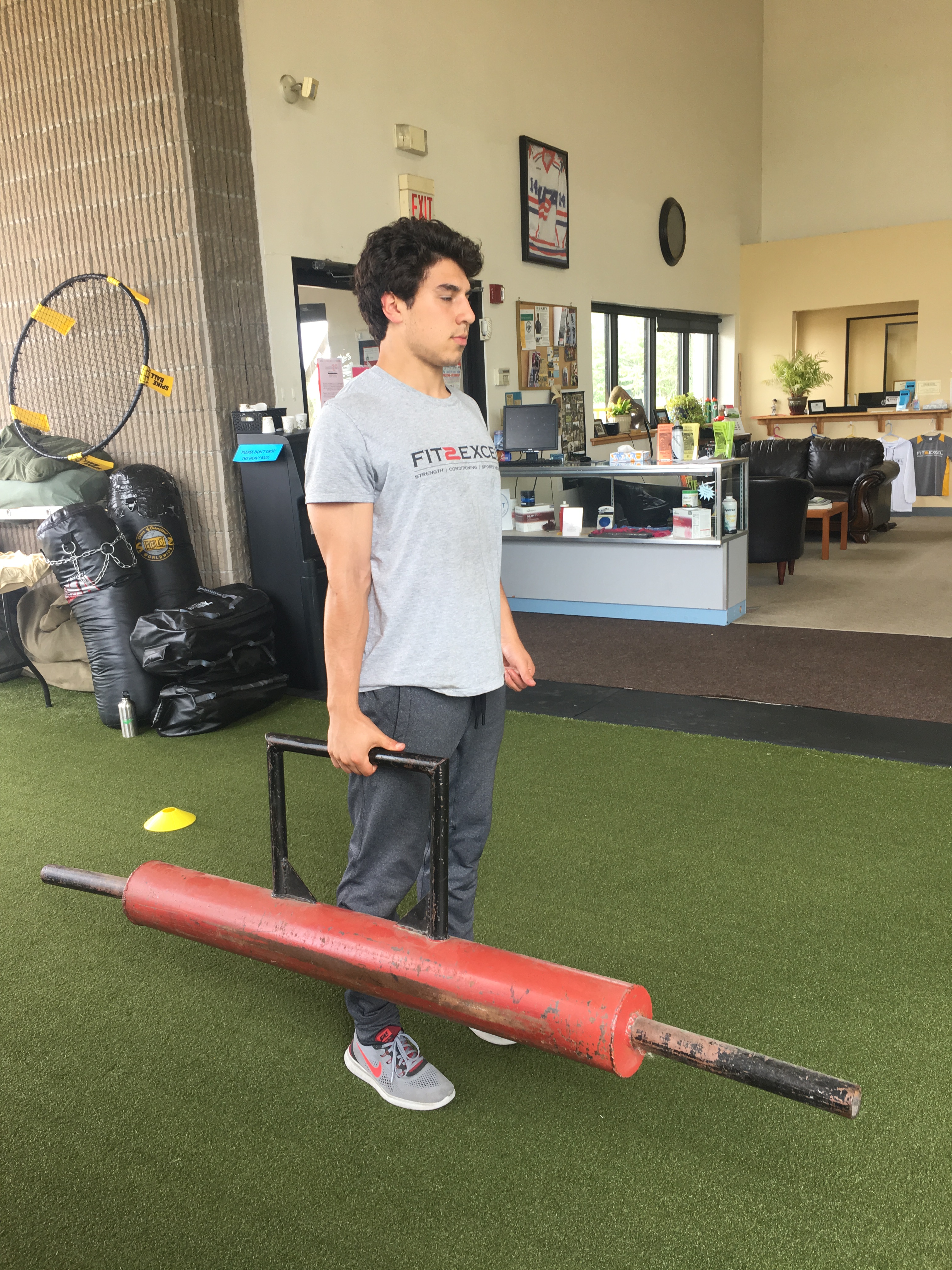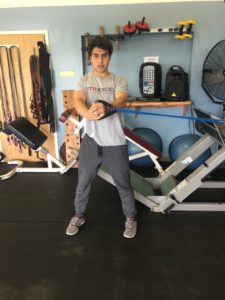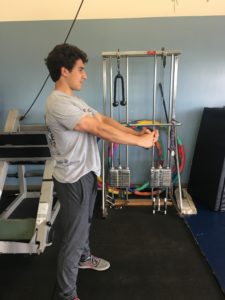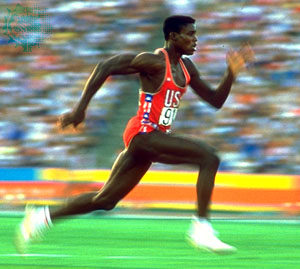Originally posted on davidrosalesfitness.com on August 12, 2018
There is no doubt that sleep is important. After all, we spend approximately one third of our life sleeping. We’ve all had to go through days surviving on just few hours of sleep, and we all know how much it sucks. Being a great sleeper, ney, a skilled sleeper, is so overlooked. If you have systems and strategies in place to sleep well, everything else in your life improves. You won’t feel as tired in class or at work, you won’t have to dread the alarm clock going off, and you’re thinking throughout the day will be much clearer.
Convincing kids to focus on improving their sleep has been incredibly frustrating. In my experience working with a lot of adolescents, a common reason for this is that many don’t have a growth mindset about sleep. They don’t few it as something they can work on to improve, just like their sports or their schoolwork. I hear so often, “Dude, you don’t understand, I can’t fall asleep until at least midnight.” Just writing that down is making me frustrated. The first step is to embrace the fact that sleep patterns and sleep quality are within our control. But, just like anything, it requires a little effort and commitment. Here are three simple ways to get back into our natural sleep rhythms, and improve sleep.
- Get off all screens at least one hour before you go to bed
Screens like our phone and TV emit a high concentration of blue light. Anytime our eyes see blue light, it signals to our body that it’s day time, like the sun is shining and the sky is bright blue. So if you’re up playing video games or staring at your phone until you get tired, you’re sending signals to your brain that it’s day time, that you need to be alert and awake. You’re fighting an uphill battle. Start making a point to have a screen curfew. Turn your phone off well before bed and replace the time with something conducive to relaxation. Read a book, play with your dog, talk with your family members. To all of my clients who have a hard time developing the habit of foam rolling and stretching before bed, this is the perfect time to implement those practices as well.
You don’t have to do this cold turkey. Accustomed to going to bed at 11 right now? Put your phone away at 10:50 and replace those last 10 minutes before bed with something relaxing. Next week, at 10:40, and so on. You’ll start to notice how tired you get those last few minutes before bed when you’re not in the presence of anything stimulating you to be awake. Another benefit for me personally as a result of this habit, is I’ve been able to accomplish a lot in the last hour of my day. I’ve been able to read more books, and set aside more time to stretch and foam roll. The long-term benefits of this, in conjunction with much better sleep, cannot be ignored. Turn off your damn phone.
2. Normalize your circadian rhythm
Sleep is a hormonal battle. In the morning, we naturally secrete hormones, like cortisol, which keep us alert. Late in the day and at night, melatonin is produced to allow us to relax and easily fall asleep. These hormones have an inverse relationship. So when cortisol is high, melatonin is low, and vice versa. Our bodies naturally should be in line with the day and night cycles of our planet, with high cortisol levels in the morning, and high melatonin levels at night. So, anything that throws us off that rhythm will be damaging to our sleep quality. Generally speaking, we’re looking for activities or strategies that raise cortisol and make us alert early in the day, and keep it down as we get closer to night. Doing this will normalize our natural circadian rhythm. Some simply strategies to improve this are:
- Getting sunlight early in the day
- Exercising early in the day
- Avoid blue light exposure close to bed (put your phone away)
- Reduce stresses close to bed
- Relax, unwind, ideally you’ve already done your exercise. I know that some kids have sports practice at late hours, and that that is something you’ll just have to work around, or avoid. If that’s your case, make sure everything else is on point for those days.
- Wake up and go to bed at more or less the same time each day. Yes, even weekends, you’re throwing your body for a loop by staying up way later, and sleeping well into the afternoon. Power naps are game changers on those days.
3. Plan your sleep and workouts, and schedule life around that.
Every high school student has seen this picture:
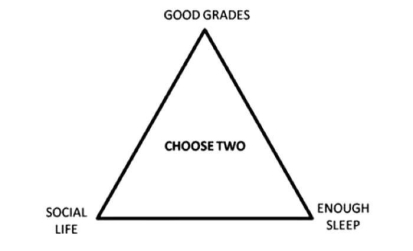
Frankly, I think this is ridiculous. If you make sleep number one, the other two improve. I don’t need scientific data to tell you how crappy you feel in class the day after staying up until two am, or how poorly your sports practice is the day after a night out. Forget about trying to talk to your crush on four hours of sleep. My money’s on the nerd who got a full nine hours. When you make sleep a priority, and plan it first, it elevates the other areas of your life. Could you imagine a time when you’re not always tired during the day, and fall asleep without issues? It should be obvious that in this state, it would be much easier to get your schoolwork done, perform better in your sports, and socialize. “But, but, you don’t understand, there’s literally not enough hours in the day to get all my work done and still sleep enough.” I call BS. All it takes is taking a close, honest look at how you’re actually spending your time. How much “study” time do you spend checking Instagram? Are you wasting hours each day on time-consuming but unimportant tasks? For these questions, and other productivity help, I highly recommend The 4-Hour Workweek.
This may all sound great, but it sounds like I’m going to have absolutely no social life if I follow all of this advice. This is true. I don’t encourage you to follow all of it all the time. I had a long period of time where I took this way too far. So don’t be stupid like me. Go out on a weekend, impulsively go bowling at one am. Stay up until the suns starts coming out laughing with your buddies. You’ll look back and have no regrets. If you’re super type-A like I am, look at it this way: Once in a while, the healthy benefits of social interaction outweigh the benefits of a good night’s sleep. I honestly wish I’d learned this sooner. But, you shouldn’t be up playing video games until midnight on a regular basis. You shouldn’t be going down the YouTube rabbit hole after dinner. Live your life, stay up late, do fun stuff with your friends, but be able to real it back in and get back to work within the next few days.
Personally, I haven’t found anything to be a better performance and productivity hack than mastering sleep. If anybody is interested in learning more simple, easy to apply tips on improving sleep, pick up Sleep Smarter by Shawn Stevenson. In it, Stevenson goes into more detail about some of the things we’ve talked about, but also dives into more methods to improve your sleep.





